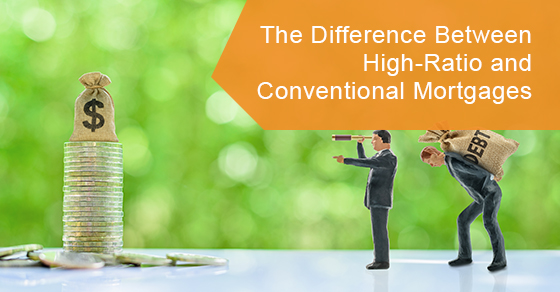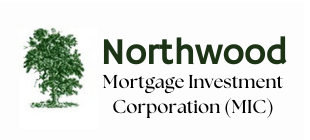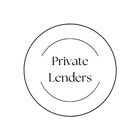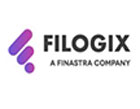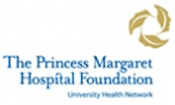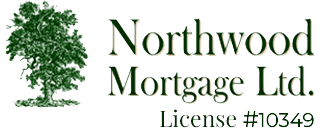Purchasing a home can be challenging, especially for first-time buyers. Depending on the housing market, saving up a down payment may be difficult.
With rising house prices, down payment requirements have changed over the years. In this article, we will provide details on these adjustments to help you decide which mortgage is best for you.
Loans With High Ratios vs. Conventional (Low Ratio) Loans
Conventional and high-ratio mortgages depend on how much you are able to pay down. Conventional mortgages require a 20% down payment.
Many people can manage a down payment of 20% with some work.
In recent years, though, since housing prices have risen significantly in some areas, lenders have had to find ways to make home ownership easier.
Those looking at homes priced at nearly $1M and up have a much harder time meeting a conventional down payment of 20%.
High-Ratio Mortgages
Any mortgage with a down payment of less than 20% is considered a high-ratio mortgage. Often, lenders will currently accept as little as 5%-10% down payment, making purchasing a home in Toronto or Vancouver a more viable option.
On homes up to $500,000, lenders will take as little as 5% down. From $500,000 to $1M, lenders want a 10% down payment.
If above $1M, though, lenders will stick to a conventional mortgage with 20% down.
For potential buyers, this is a win, as they can more easily get into home ownership and accumulate equity. However, such large sums of money put the lender at risk.
Insurance Against Default on Mortgages
Due to the risk that lenders face with lower down payment requirements, most mortgage lenders require homeowners to carry mortgage default insurance.
This insurance covers lenders if borrowers default on their mortgage.
Mortgage default insurance is available through three institutions, including the Canadian Mortgage and Housing Corporation (CMHC).
There are alternative private insurers, but the CMHC is the most commonly used because it is backed by tax dollars.
What is the price of CMHC insurance?
Depending on the loan-to-value ratio, you can expect to pay a premium ranging from 0.60% to 4%. The higher the loan-to-value ratio, the higher the insurance premium. The following example can help you determine your CMHC insurance premium.
Let’s say you are purchasing a $400,000 home. Generally, mortgage default insurance can be avoided if you can raise $80,000 (20%).
With a down payment of only $40,000 (10%), your loan-to-value works out to 90%.
Insurance premiums will be an additional $11,160 to the $360,000 borrowed.
With a down payment of only $20,000 (5%), your loan-to-value will be 95%. If you borrow $380,000, you pay an additional $15,200 in insurance.
In the event that you do not put down 20%, you will be responsible for paying the insurance amount over the full mortgage term.
At 5% down on a $400,000 home, $15,000 in insurance will mean only minimally higher mortgage payments (or biweekly payments, if you prefer).
Would you benefit from a high-ratio mortgage?
The answer primarily depends on how comfortable you are borrowing money. A high-ratio mortgage is a good option if you cannot save up a significant down payment and can cope with mortgage default insurance.
However, not everyone enjoys high-risk situations. If you keep saving, you may have a better chance of getting a conventional loan with 20% down.
Several other variables, such as interest rates and housing marketing, also affect the outcome. Consult with a financial advisor or a mortgage professional to determine the right approach for your situation.
If you’re looking for a high-ratio mortgage in Toronto, our team of real estate mortgage experts is here to help or, you can visit Northwood Mortgage. You can call us at 888-495-4825 or contact us online
.
